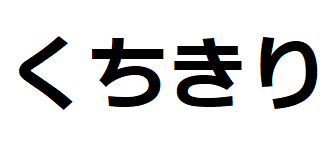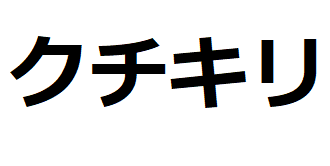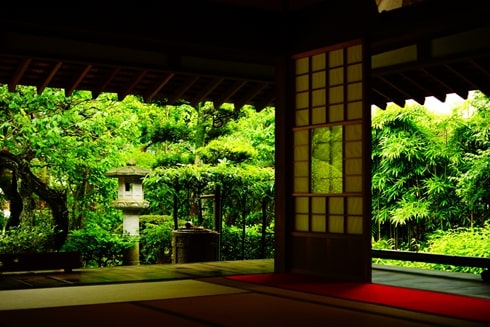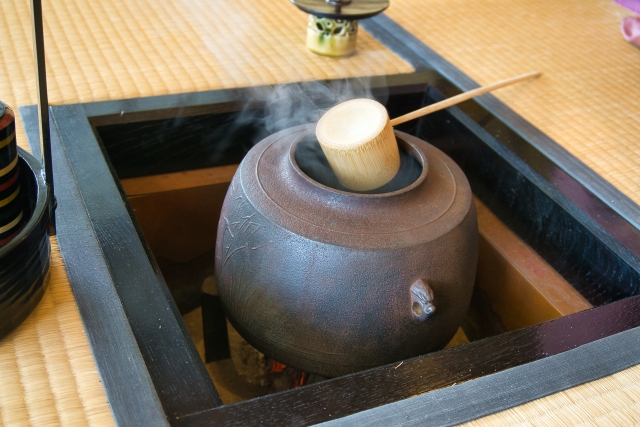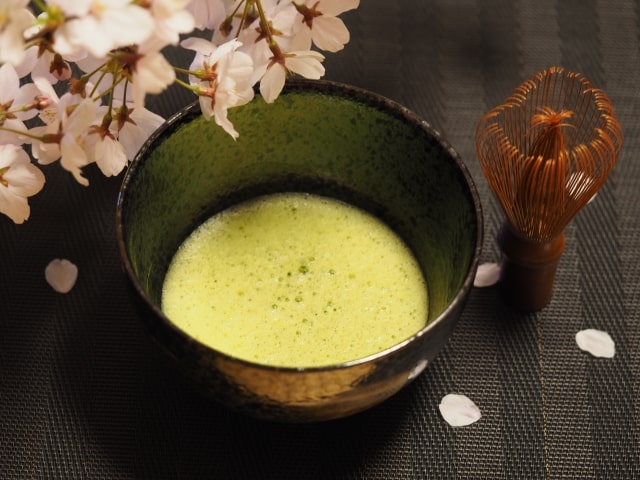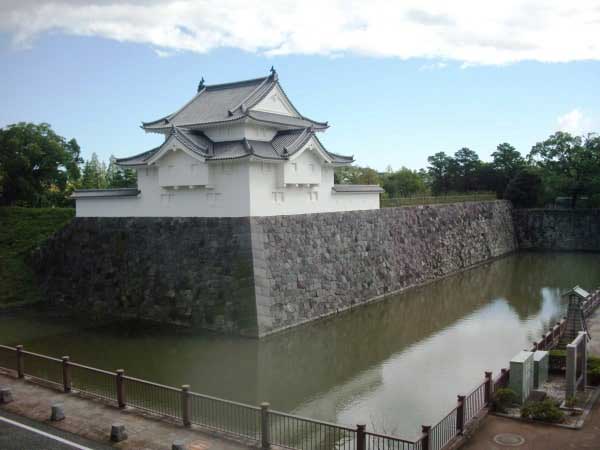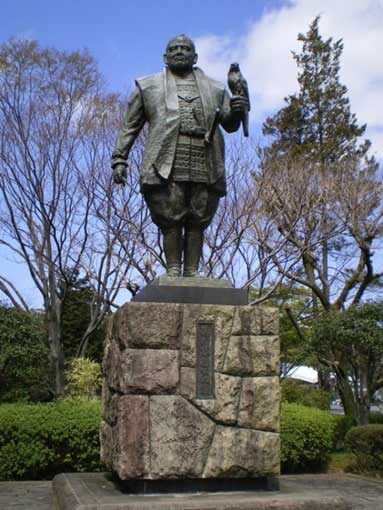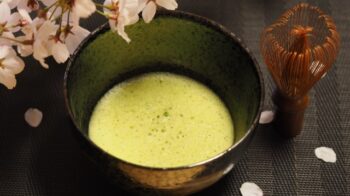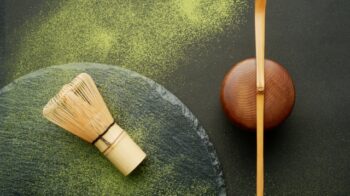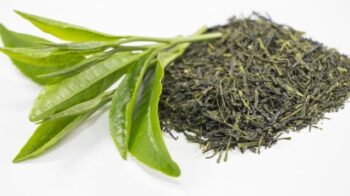Kuchi-kiri
Welcome to the world of Kuchi-kiri chaji.
In Japan, special tea ceremonies are called Chaji.
The Chaji is a long formal tea ceremony which includes two types of Matcha (thick tea and thin tea) and Kaiseki cuisine.
Among them, Kuchi-kiri chaji is the most formal.
Because it marks the New Year in the world of tea ceremonies.
Let’s look into its world.
Below is the contents of this page.
1. What’s Kuchi-kiri?
Literally, Kuch-kiri (口切り) means “cut the seal”.
As it name shows, in the Kuchikiri chaji, the host cuts the seal of a special jar and takes the Tencha preserved in it.
By being grinded, Tencha becomes Matcha.
Using this Matcha, the participants celebrate the New year together.
In order to prepare for this ceremony, the host newly arranges the exterior and interior of the tea room called Chasitsu (茶室).
According to the calendar of tea ceremony, we divide a year into two main seasons:
- the sunken hearth (Ro) season,
- the brazier (Furo) season.
Specifically, November to April belong to the former and May to October belong to the latter.
Thus, the New year starts from November.
Different utensils and manners to make tea apply for each season.
– Seasonality
Not only New year (Kuchi- kiri).
Having very distinctive four seasons, we enjoy all the seasons to the maximum.
Probably, this mentality has derived from the tea ceremony.
Because it requires us to use all five senses and accepts all the beauty given to us.
For example,
- flower arrangement and Kakejiku scroll on the alcove are for sight
- Sound of preparing tea is for auditory sense
- Aroma of tea and incense are for smell
- Warmth and texture of the tea cup are for touch
- Tea and cake are for taste
2. Kuchi-kiri festival
At the beginning of the 17th century, Tokugawa Ieyasu solemnly conducted this Kuchi-kiri (tea ceremony) at his Sumpu castle.
In this ceremony, they opened the pot which had kept the special Ten-cha made from the tea leaves newly harvested in spring time.
As is usual with feudal lords in this period, Ieyasu (who is also known as a great lover of Miso) was a great lover of tea.
Thankfully, this ceremony has been kept until today in Shizuoka prefecture as a part of local festivals which includes a parade of many Kimono-wearing people heading for Sumpu castle.
Of course, the center of this parade is the special tea jar.
– Ieyasu and Shizuoka
No one doubt that Tokugawa Ieyasu is a history maker in Japan.
He completely ended the civil war period which lasted for around 100 years and established Tokugawa Shogunate in Edo (today’s Tokyo).
Surprisingly, this Shogunate lasted for around 260 years (1603-1867).
Although he was born in Okazaki (today’s Aichi prefecture), he spent quite a long time in the Shizuoka prefecture.
From the age of 6 to 17, he lived in Sumpu (today’s Shizuoka city) as a hostage.
After going back to Okazaki and governing there as a feudal lord for several years, he constructed his castle at Hamamatsu and Sumpu (both in Shizuoka prefecture).
In 1607, he handed the Shogun status to his son Hidetada and moved again to Sumpu.
In Sumpu, he stayed until his death in 1616.
3. Kanji and Kana
1) Kanji
To learn Kanji (Chinese characters) is always interesting and beneficial to understand what the word means.
Through Kanji, we can virtually grasp not only the meaning of the word, but also the background it was born in.
Kanji for Kuchi-kiri is 口切り.
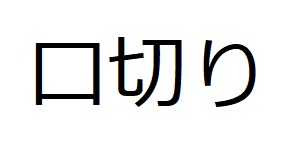
口 means mouth and 切り means cut.
Talking about details,り is hiragana phonogram which we pronounce as “ri” or “li“.
To tell the truth, in Japanese, there is no difference in the pronunciation of r and l.
Probably this is the main reason why we cannot pronounce them properly in foreign languages.
2) Kana
There are two phonograms (kana) in Japanese: 1) Hiragana and 2) Katakana.
According to the most supported theory, both of them were formed by adopting one element of a Kanji character with similar sounding.
Originally, Hiragana were only for women. But today, it has by far the wider usage.
Talking of 2) Katakana, we use it mainly for foreign origin words.
Incidentally, there are 46 characters in both Hiragana and Katakana systems.
As for Kuchi-kiri, Hiragana is くちきりand Katakana is クチキリ.
